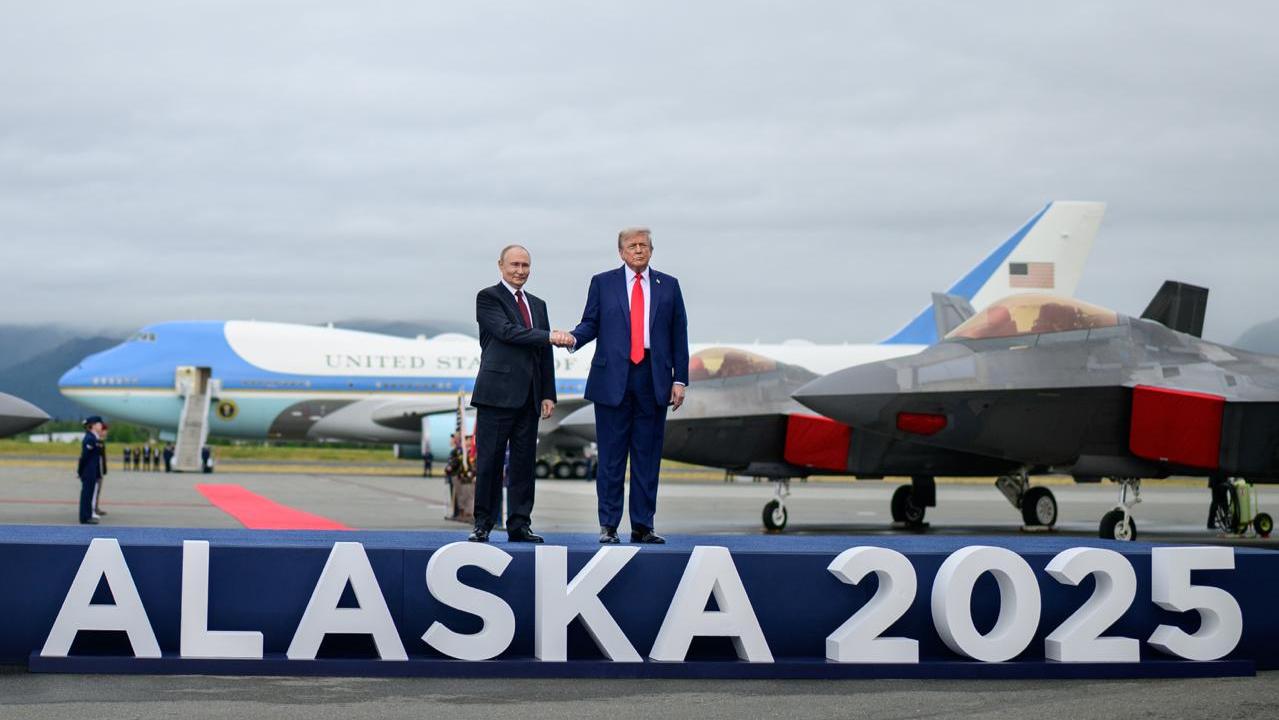
August of peace: Trump still has a lot of work to do to resolve the Armenia-Azerbaijan conflict, says Eurasianet
Trump has gone on a peace-making offensive over the past few weeks. He is not only the driving force in trying to end Russia’s unprovoked war on Ukraine, he is at the center of efforts to settle the almost four-decade-long conflict in the Caucasus between Armenia and Azerbaijan. Success in both cases is far from certain, Eurasianet writes.
As noted, Russia also presents a major obstacle to Trump’s provisional peace plan for the Caucasus, a central component of which is the establishment of a transit corridor across Armenian territory connecting Azerbaijan to its Nakhchivan exclave, with operations managed by US entities.
Operational details remain to be worked out for the corridor. The Kremlin and Iran are suspicious of the US-managed corridor concept. Many Russian experts see TRIPP as a potential geopolitical disaster for Moscow. Political scientist Semyon Baghdasarov, in an analysis published by the Russian outlet Military Affairs, predicted an American military base would eventually be established in Armenia, and that Yerevan would close an existing Russian base in the country. “A powerful American-Turkish bridgehead is appearing near the borders of Russia. It’s a very unpromising scenario,” Baghdasarov said.
He cautioned that TRIPP could set off a military confrontation in Armenia that is worse than Ukraine. Meanwhile, Alexander Dugin, a Russian nationalist ideologist who has been described as Putin’s “imperial id,” called Trump’s peace initiative a “humiliation” and an existential threat to Russian national identity.
“This pain, this insult must be perceived as a slap in the face to each of us, to every Russian person,” Dugin said, referring to the August 8 joint declaration witnessed by Trump and signed by Armenian Prime Minister Nikol Pashinyan and Azerbaijani leader Ilham Aliyev.
In the days since the White House signing ceremony, Armenia has gone on a diplomatic charm offensive to reassure Russian and Iranian officials, achieving mixed results.
Russia remains wary but Yerevan appears to have succeeded in soothing some Iranian concerns. Iran’s chief worries about TRIPP are that it will disrupt Tehran’s essential and lucrative North-South trade and that the corridor could potentially be used for military purposes by the United States. Iranian President Masoud Pezeshkian headed to Yerevan on August 18 for TRIPP-focused talks. Prior to his departure, Foreign Minister Abbas Araghchi described the presidential visit as “an affirmation of our shared commitment to opening new horizons in mutual relations.” While Iranian officials may feel more comfortable that existing trade patterns will not be disrupted, Tehran remains cautious about the looming US presence in the region. On August 15, Araghchi noted that Tehran “maintains a special focus on preserving regional geopolitical stability and its national interests,” code for minimizing US influence in the region.
Iranian and Russian officials have held talks aimed at harmonizing their stances on TRIPP with uncertain results, as each state is still formulating its own position. Given that his name is attached to the chief pillar of the peace plan, Trump is likely to remain closely engaged in the process, and in overcoming any potential Russian and Iranian opposition.


